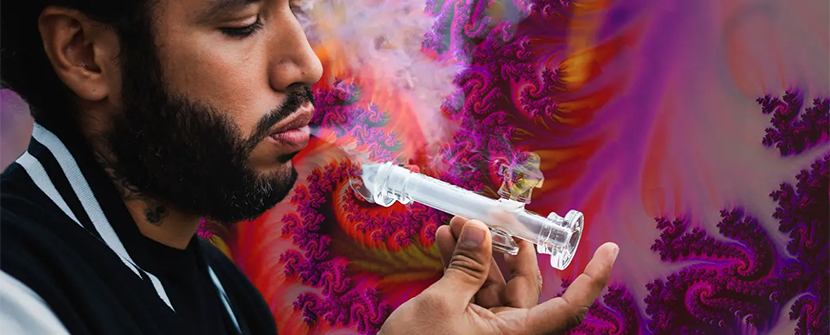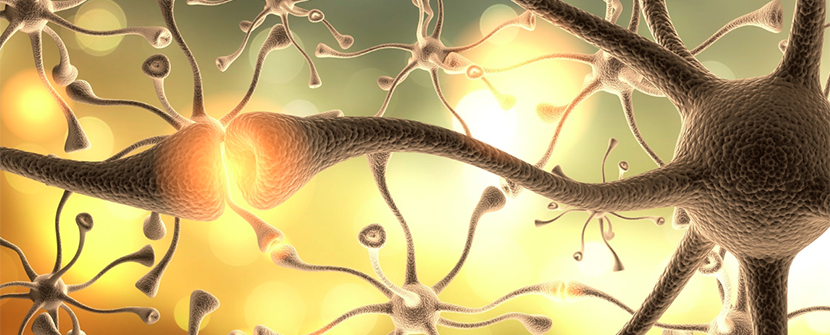DMT, or dimethyltryptamine, is a psychedelic compound that can induce intense and short-lived experiences of altered states of consciousness. People who smoke or inject DMT often report leaving their bodies and entering another dimension or reality. There, they may encounter various entities or beings that seem to have intelligence, personality, and intention.
However, some people are interested in using DMT in a different way: microdosing. Microdosing is the practice of taking very small doses of a psychedelic substance, usually between 5 to 10% of a standard dose, as a way to get the supposed mental health benefits of the drug without the hallucinogenic high.
Microdosing has become popular in recent years, especially with substances like LSD and psilocybin. However, there is very little scientific evidence to support the claims of microdosers. Most of the research on microdosing is based on self-reports, surveys, or anecdotal accounts, which are prone to bias and confounding factors.
What about microdosing DMT? Is there any research data to support its effects and safety? Here is a summary of the current state of knowledge on microdosing DMT:
The first study on microdosing DMT
The first and only study so far on microdosing DMT was published in 2019 by a team of researchers led by David Olson at the University of California, Davis 1. The study was conducted in rats, not humans, but it provided some interesting insights into the potential mechanisms and outcomes of microdosing DMT.
The researchers administered a microdose of DMT (0.1 mg/kg) to rats every three days for two months. They then tested the rats on various behavioral and physiological measures related to mood, anxiety, cognition, and neuroplasticity.
Neuroplasticity is the ability of the brain to change and adapt in response to experience. It is considered to be essential for learning, memory, and recovery from injury or disease. Previous studies have shown that high doses of psychedelics can enhance neuroplasticity by increasing the growth and branching of neurons and synapses.
The researchers found that microdosing DMT had several beneficial effects on the rats:
- It reduced anxiety-like behavior in a test that measures how long rats spend exploring an open field.
- It reduced depressive-like behavior in a test that measures how long rats struggle when suspended by their tails.
- It enhanced fear extinction learning in a test that measures how quickly rats overcome a conditioned fear response.
- It increased levels of brain-derived neurotrophic factor (BDNF), a molecule that promotes neuroplasticity, in the prefrontal cortex and hippocampus, two brain regions involved in mood regulation and memory formation.
The researchers also found that microdosing DMT did not cause any adverse effects on the rats:
- It did not affect body weight, food intake, water intake, or locomotor activity.
- It did not cause tolerance or withdrawal symptoms when discontinued.
- It did not cause any signs of toxicity or damage to organs or tissues.
The researchers concluded that microdosing DMT may have therapeutic potential for treating mood disorders and enhancing cognitive function. They also suggested that microdosing DMT may be safer than microdosing other psychedelics because it does not activate serotonin receptors that are associated with cardiovascular risks.
However, they also acknowledged some limitations of their study:
- It was conducted in rats, not humans, so the results may not be directly applicable or generalizable to human populations.
- It used only one dose and schedule of microdosing DMT, so the optimal dose and frequency for different effects and individuals are unknown.
- It did not compare microdosing DMT with other treatments or placebo controls, so the relative efficacy and specificity of microdosing DMT are unclear.
The future directions for microdosing DMT research
The study by Olson and colleagues was an important first step in exploring the effects and mechanisms of microdosing DMT. However, more research is needed to confirm and extend these findings in humans and to address some of the open questions and challenges in this field.
Some of the future directions for microdosing DMT research are:
- Conducting randomized controlled trials with human participants to evaluate the safety and efficacy of microdosing DMT for various mental health conditions and cognitive outcomes.
- Comparing different doses and schedules of microdosing DMT to determine the optimal regimen for different effects and individuals.
- Comparing microdosing DMT with microdosing other psychedelics or conventional treatments to determine the relative advantages and disadvantages of each approach.
- Investigating the neural and molecular mechanisms of microdosing DMT using neuroimaging, electrophysiology, and pharmacology techniques.
- Exploring the subjective and qualitative aspects of microdosing DMT using interviews, questionnaires, and psychometric measures.
Conclusion
Microdosing DMT is a novel and intriguing practice that may have some benefits for mental health and cognition. However, the scientific evidence for its effects and safety is very limited and preliminary. The only study so far on microdosing DMT was conducted in rats and showed some promising results, but more research is needed to replicate and expand these findings in humans and to address some of the methodological and ethical challenges in this field.
Disclaimer: This blog post is for informational purposes only and does not constitute medical advice. Do not use any substances without consulting your doctor first.






